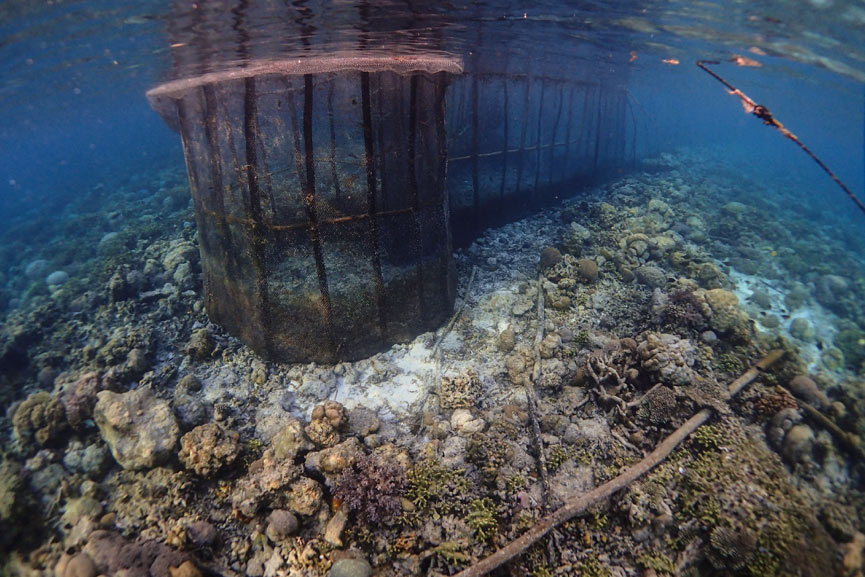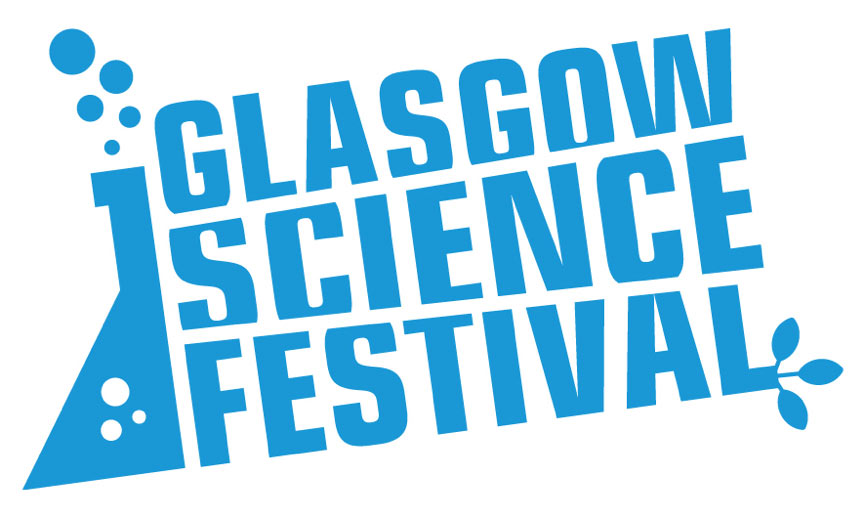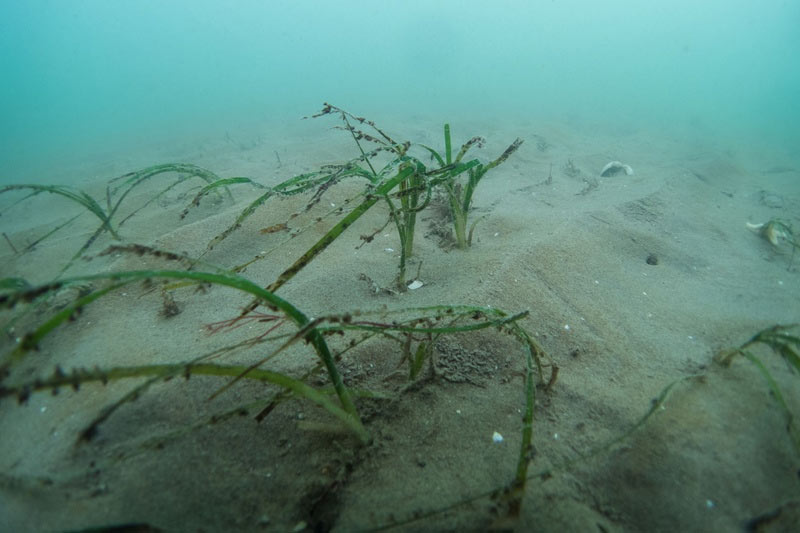The 13th International Coral Reef Symposium – Bridging Science To Policy

The International Coral Reef Symposium (ICRS) is the primary international meeting for researchers who are focused on coral reef science and management. In fact, as a conference it has a similar ecosystem focus to the International Seagrass Biology Workshop (ISBW) that we will be hosting in Wales this coming October. The Symposium, held in Hawai’i last week brought together over 2,500 coral reef scientists, policy makers and managers from around 100 different nations in a forum to present the latest research findings, case histories and management activities, and to discuss the application of scientific knowledge to achieving coral reef sustainability. Coral reefs are one of our planets most bountiful ecosystems and they provide essential ecological, economic and cultural services to the people of tropical and subtropical islands and coastal communities worldwide. Coral reefs can be are a huge source of income to adjacent coastal communities through eco-tourist activities. Latest estimates suggest coral reefs provide close to US$30 billion each year in goods and services, so not only are do they support enormous biodiversity they are also of immense value to humankind. However, whilst scientific knowledge about coral reefs has increased exponentially over the past few decades, the state of reefs globally has declined during this period. Globally coral reef ecosystems are being degraded. Multiple stressors from the global actors of climate change, ocean acidification and overfishing to localized habitat destruction (above) are all contributing to habitat loss. To address this disconnect, the theme of the 13th ICRS was “Bridging Science to Policy”, with specific goals focusing on: Improving trust and communications among scientists, policy makers, managers and stakeholders. Developing strong partnerships between political leaders and the scientific community. Guiding efforts and strategies for effective allocation of limited financial, human and institutional resources to halt and reverse coral reef decline locally and globally. Developing a framework for quantitatively evaluating the effectiveness of coral reef protection and recovery activities and initiatives by applying the best available science. The ICRS is of course devoted to the best reef science available, with the purpose of sharing scientific findings with government agencies, resource management, and non-government organizations throughout the world. Such conferences are immensely important because they provide the international science community with a platform to: Increase global knowledge and interest in coral reefs, including sustainable use and conservation strategies; Showcase successful science, conservation and management efforts; Develop collaborations and partnerships to increase international capacity to address coral reef issues; and Increase global awareness of reef degradation and possible solutions by extensive promotion in the media. It is exactly through increasing global awareness and the developing of collaborations and partnerships that we as a global community are likely to address global challenges, and it is for this reason that so many scientists are being encouraged to take the Oceans Online. To conserve the world’s oceans we must go beyond just the production of science, but to also use it to inform policy and management, and ultimately to catalyze change. This change will only happen if we can reach out to all stakeholders, and work together with a common purpose, for many this means stepping up to the challenge of becoming public advocates for our natural environment. Many marine scientists are taking the #OceansOnline! Increasing global awareness of reef degradation whilst promoting possible solutions and #OceanOptimism. There are already many scientists who have taken this message to heart and produce a wonderful array of online media through which to inspire and engage. For example a fantastic summary of the ICRS 2016 conference can be found here and outstanding leadership from all the signatories of the conference (the 2,500 scientists at the ICRS) imploring Australia to protect the Great Barrier Reef here. So for all those involved in LIVE TWEETING from ICRS2016 – thank you! All that remains is to share and promote the ‘distilled down’ “Take-Home Messages” from the conference that are pertinent for us all to share in and acknowledge. These are: Reefs are threatened, not doomed Climate change, pollution and overfishing are the 3 drivers that ALL have to be addressed Local, pro-active interventions can help to build resilience of reefs to climate change, but reefs cannot be climate-proofed Prevention is better than cure, but recovery is possible Scientists can help by spreading the message that reefs can still be saved if we actually try harder! So let us also get to work! #TeamSeagrass
Project Seagrass at the Glasgow Science Festival 2016

Launched in 2007, Glasgow Science Festival (http://www.glasgowsciencefestival.org.uk) has grown to be one of the largest science festivals in the UK. The festival takes memorable events to non-traditional venues across the City of Glasgow where researchers, charities and non-governmental organistations are able to engage with people, from all ages and backgrounds. This year Project Seagrass were there to help celebrate Glasgow Science Festival’s tenth birthday, as they rolled out a bumper birthday programme of events to inspire and enlighten. BRUV videos from Wales, Greece and Indonesia were shown to highlight the biodiversity of seagrass meadows across our planet. We were involved in the Science Sunday Big Birthday Bash which is their flagship family day, and so communicating the importance of seagrass to budding young scientists was going to be the aim of the game. With this is mind, we set up some laptops with some of our underwater video footage from seagrass meadows in Greece, Indonesia and Wales. Children loved the opportunity to witness life under the ocean, especially the swimming crabs of the Wakatobi National Park. Our outreach materials were made available which went down a hit with budding young scientists! Stickers, postcards and posters are always a hit with young folk too and so we made sure we had plenty of materials to hand out to Scotland’s next generation of marine biologists! Both the children and parents alike were also keen to touch and feel wetsuits, fins, and underwater camera equipment to get a ‘hands on’ insight into the equipment needed for conducting fieldwork. The festival was buzzing all day, testament to the hardwork of the GSF team in promoting the festival. However, the biggest hit with the children had to be our seagrass meadow, where kids could colour in a range of fish, crabs and other seagrass beasties to stick in our seagrass meadow. We were even able to communicate the importance of seagrass as a nursery habitat for coral reefs with our fish occasionally making the journey across the hall to the Glasgow Science Festival Coral Reef! Our seagrass meadow was producing a vast amount of marine life! Flounder? Is that you? Do I see a bit of Disney influence in our seagrass meadow? Many of our fish made the perilous journey across the room to the coral reef, I’m glad our nursery habitat was productive! To all those involved in the hosting of the festival – thank you, and to all those involved to delivering an activity – well done! Keep up the good work at Glasgow Science Festival and see you in 2017! #TeamSeagrass
Long Lost Seagrass & Our Spring Survey Report

During April I returned to the Llyn Peninsula, along with Project Seagrass directors RJ Lilley, Ben Jones and Richard Unsworth to conduct the Spring SeagrassWatch survey, 1/4 of the yearly seagrass monitoring survey that we’ve been conducting at Porthdinllaen for the past two years. In addition, we also checking seeds from Project ReStore and also completed an additional survey at Abersoch. The aim of this survey was to officially record the presence of seagrass, specifically Zostera marina, in the area. I had previously found seagrass in this area whist undertaking my masters project, conducted with the support of Project Seagrass. During this project I created a spatial model that predicted seagrass distribution based upon the physical characteristics that are required for growth. It identified that this southern coast of the Llyn peninsula, particularly Abersoch, have the right conditions for seagrass growth. Map of areas where Zostera marina is predicted to grow After checking the general location on the beach via GPS we headed out on a snorkel survey of the vicinity. The visibility was surprisingly good and we soon found and photographed the meadow, we also took GPS points of the meadow. A picture of the long lost seagrass, last recorded in 1891 These photos represent the first time Z. marina has been recorded in this location since 1891 (A.H. Trow). Finding seagrass in this area shows how predictive modelling can effectively be used to complete targeted surveys and discover new meadows. The sighting is also visible on the seagrass recording platform, Seagrass Spotter and can be viewed here. The project seagrass team are hoping to do further work around Wales, checking sites that the model has shown have the right physical conditions for seagrass growth. We will keep you updated with our progress. If you want to support our efforts recording presence of seagrass in the UK check out the Seagrass Spotter app.

